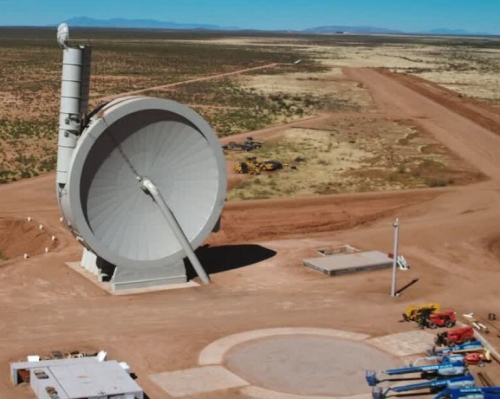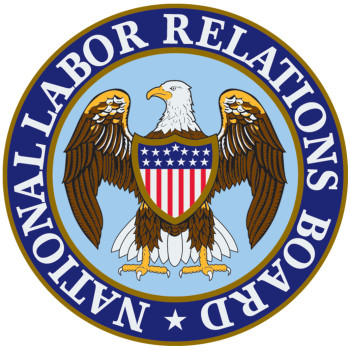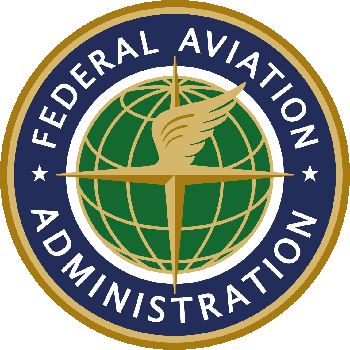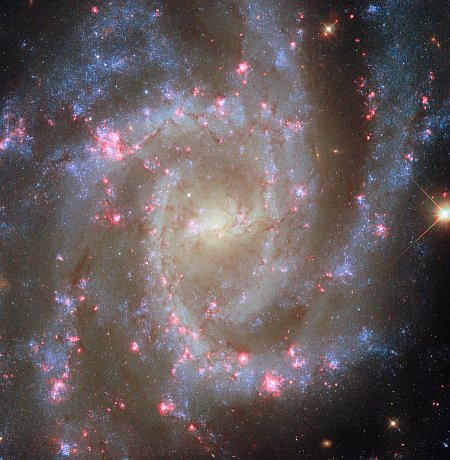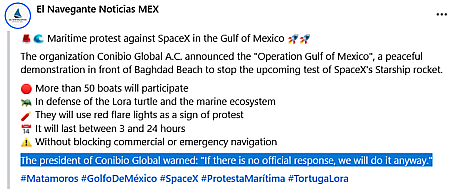Russia launches returnable capsule for month-long biology research mission
Russia today successfully launched the first Bion-M returnable capsule in more than a dozen years, its Soyuz-2 rocket lifting off from the Baikonur spaceport in Kazakhstan.
The capsule will remain in orbit for about a month doing weightlessness and radiation experiments with a variety of biological samples, 1,500 fruit flies, and 75 mice. Though similar to the commercial capsules recently launched by Varda, Bion-M is different in that it appears the research has no marketability. As a government-run project by Russian Academy of Science, no effort was made to use weightlessness to produce a product for sale on Earth.
The leaders in the 2025 launch race:
101 SpaceX
47 China
11 Rocket Lab
10 Russia
SpaceX still leads the rest of the world in successful launches, 101 to 81.
Russia today successfully launched the first Bion-M returnable capsule in more than a dozen years, its Soyuz-2 rocket lifting off from the Baikonur spaceport in Kazakhstan.
The capsule will remain in orbit for about a month doing weightlessness and radiation experiments with a variety of biological samples, 1,500 fruit flies, and 75 mice. Though similar to the commercial capsules recently launched by Varda, Bion-M is different in that it appears the research has no marketability. As a government-run project by Russian Academy of Science, no effort was made to use weightlessness to produce a product for sale on Earth.
The leaders in the 2025 launch race:
101 SpaceX
47 China
11 Rocket Lab
10 Russia
SpaceX still leads the rest of the world in successful launches, 101 to 81.

